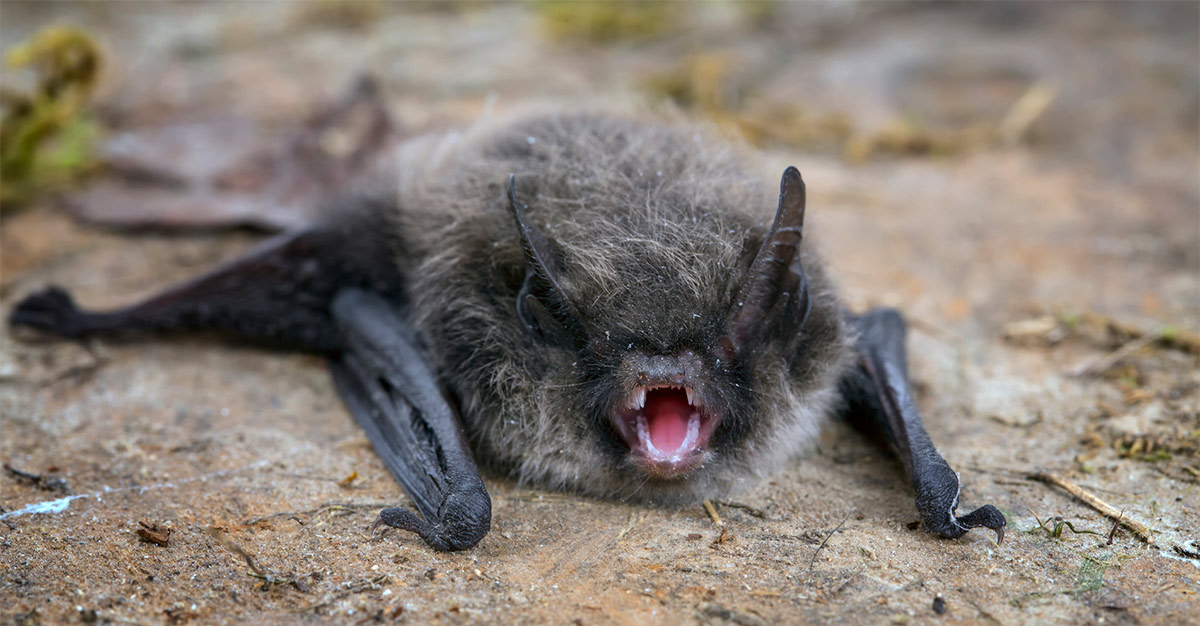Signs of Rabies Infection to Look Out for in Animals
People are often told to be on the alert for animals acting strangely in the neighborhood. What are strange behaviors for an animal in the wild? More often than not, coming out during the day and moving about could be considered strange as many of the wild animals are nocturnal. Rabies can cause reactions of this kind in animals, making them confused and agitated. They often have frothy saliva and drool excessively. Although this type of behavior is easily noticed, they only occur in the later stages of the disease. A wild animal that scratches, licks or bites a person or pet might appear healthy at the moment but still carry the dreadful virus. However, not all animals moving aimlessly at day time is carrying the rabies virus, some are just curious or bored.Warning Signs of Aggression in Animals
 Many hostile encounters or interactions with animals occur because adults and children misinterpret signs of fear, aggression, and insecurity, which can all result in attack or a bite from a wild animal. Recognizing the change in animal's behavior is essential for avoiding an attack. Behavioral cues such as raised hackles (fur or hair on the back), spiteful growling and backing, and showing of teeth are all indications of aggression in an animal and could mean they are about to attack. When you notice such warning signals, your best option is to get to a safe distance away from the animal. Remember to keep your eyes on the animal as you move away, as you do not want them to charge you from behind.
Many hostile encounters or interactions with animals occur because adults and children misinterpret signs of fear, aggression, and insecurity, which can all result in attack or a bite from a wild animal. Recognizing the change in animal's behavior is essential for avoiding an attack. Behavioral cues such as raised hackles (fur or hair on the back), spiteful growling and backing, and showing of teeth are all indications of aggression in an animal and could mean they are about to attack. When you notice such warning signals, your best option is to get to a safe distance away from the animal. Remember to keep your eyes on the animal as you move away, as you do not want them to charge you from behind.



